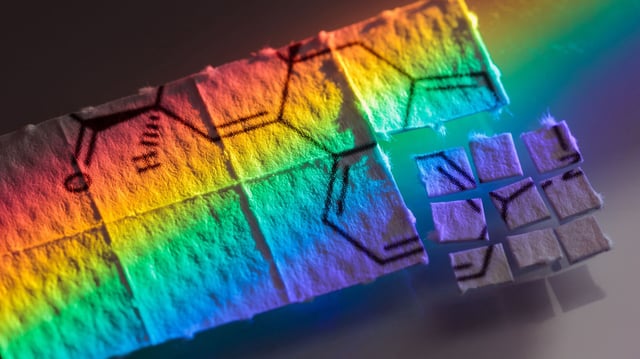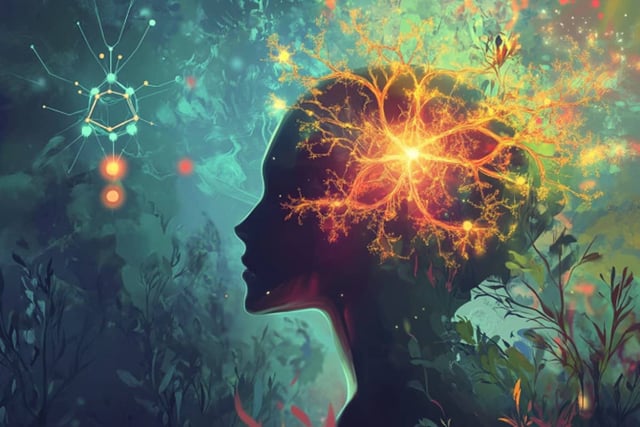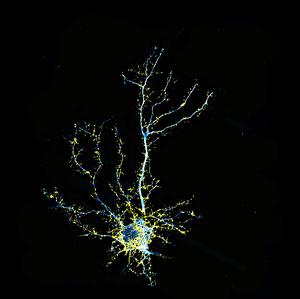Overview
- JRT, a novel LSD analog created by UC Davis researchers, enhances neuroplasticity while avoiding hallucinogenic effects, making it a promising therapeutic candidate for schizophrenia and other brain disorders.
- Preclinical studies in mice revealed a 46% increase in dendritic spine density and an 18% rise in synapse density in the prefrontal cortex, key markers of improved neural connectivity.
- JRT demonstrated robust antidepressant effects, reported to be 100 times more potent than ketamine, and improved cognitive flexibility in behavioral tests relevant to schizophrenia treatment.
- The drug's design involved flipping the position of two atoms in LSD's molecular structure, significantly reducing hallucinogenic potential while retaining therapeutic efficacy.
- Ongoing research aims to optimize JRT's synthesis, explore its application for other neuropsychiatric and neurodegenerative conditions, and develop additional analogs for broader therapeutic use.



